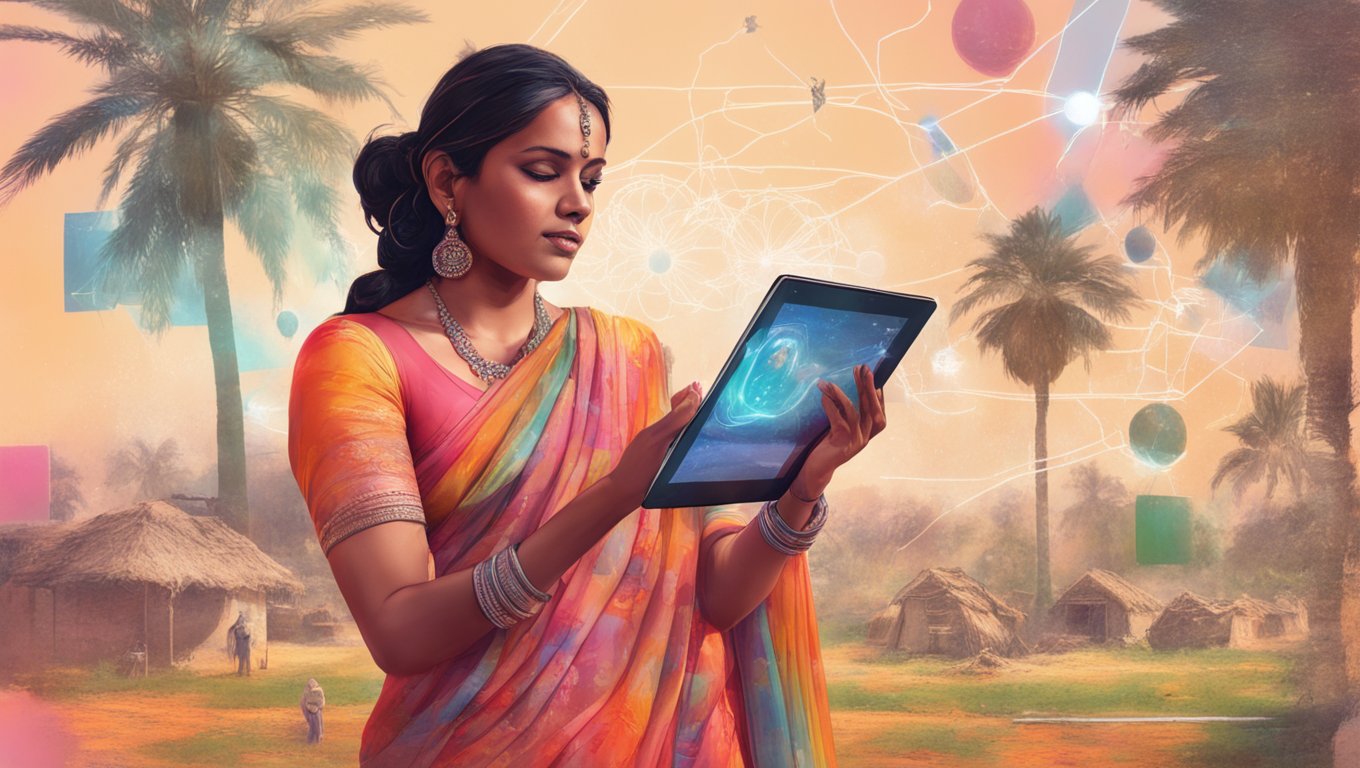In a groundbreaking collaboration between the Indian Institute of Technology (IIT) Delhi and the Ministry of Rural Development (MoRD), India is set to revolutionize rural employment through the use of AI and geospatial technology. The project, called BhuPRAHARI, aims to enhance the effectiveness and transparency of the Mahatma Gandhi National Rural Employment Guarantee Scheme (MGNREGS), which is the government’s flagship program for rural development.
Under MGNREGS, various projects such as the construction of ponds and renovation of water bodies are undertaken to create employment opportunities for rural communities. However, ensuring the proper execution of these projects and preventing mismanagement has often been a challenge. To address this issue, the MoRD has turned to the expertise of IIT Delhi, specifically the HydroSense lab led by faculty member Manabendra Saharia.
Saharia and his team will leverage ground and space-based geospatial technologies, as well as AI and sensors, to monitor and manage the assets under MGNREGS. The goal is to develop new algorithms that can analyze the vast amounts of data and pictures collected by the ministry on a daily basis from various states. By employing these technological applications, the verification process of awarding contracts and monitoring the progress of work can be carried out more efficiently.
Saharia explains, “At every stage of awarding work, there are multiple verifications that have to be carried out. With the use of tech applications, making these verifications could be done much more efficiently and it can bring in a level of checks on the quality of work being done.” This approach not only improves transparency but also ensures the timely completion of projects and reduces the likelihood of corruption or substandard work.
The project, which will be funded by the MoRD, is still in its early stages and is expected to take around one to two years to develop a prototype. However, the collaboration between IIT Delhi and the ministry signifies a significant step towards leveraging technology to drive socio-economic progress in rural areas.
A senior ministry official emphasized that the primary motivation behind this collaboration is to enhance transparency in the system. “This collaboration with an academic institution is an effort to explore and apply technological solutions to the challenges faced by rural communities and help drive socio-economic progress,” the official stated.
By combining AI, geospatial technology, and the expertise of IIT Delhi, India is poised to transform its rural employment schemes and elevate the lives of its rural population. This innovative approach not only addresses the immediate challenges of project monitoring and contract management but also sets the stage for the future application of technology in rural development. With continued advancements in AI and geospatial technology, India’s rural communities can look forward to enhanced efficiency, improved livelihoods, and a brighter future.





Use the share button below if you liked it.